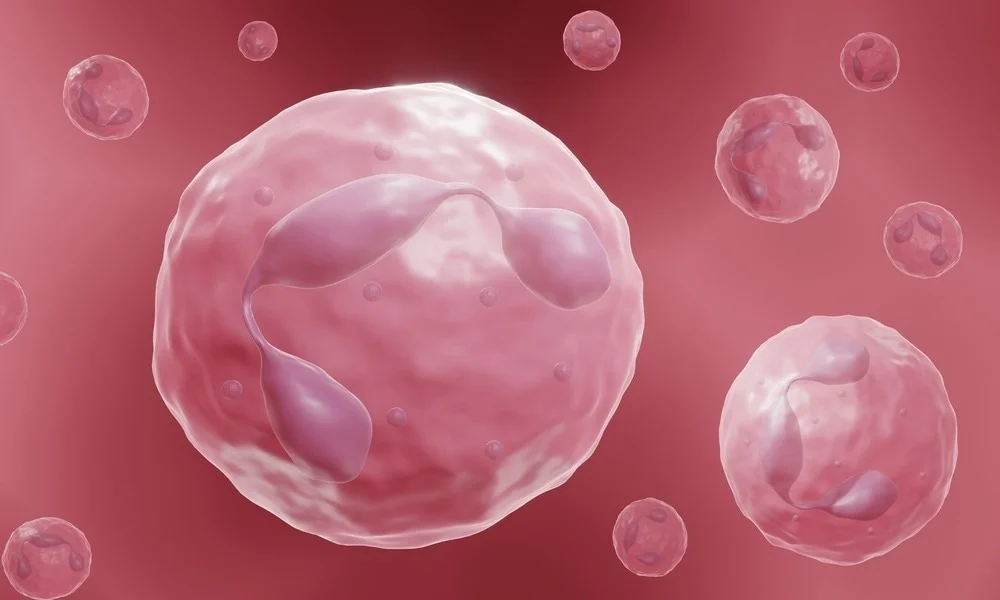The U.S. diet, rich in convenience foods and packed with sugar, refined carbs, and unhealthy fats, has had a staggering impact on public health. While these foods are quick to satisfy cravings, they may be silently contributing to a long-term problem many people overlook: chronic inflammation.
Unlike acute inflammation, which helps our body heal, chronic inflammation is a slow-burning response that quietly damages tissues and fuels major health issues like heart disease, diabetes, and autoimmune disorders.
Here’s how your diet might be driving inflammation and how you can make changes to protect your health.
Foods That Fuel Chronic Inflammation
Not all foods are created equal when it comes to their impact on your body. Some “everyday staples” in the typical American diet are significant contributors to inflammation.
Refined Carbohydrates
Foods like white bread, pastries, and sugary cereals are stripped of much of their natural fiber and nutrients during processing. These refined carbs quickly spike blood sugar levels, triggering the release of inflammatory responses. Over time, this can lead to insulin resistance, a precursor to diabetes and other chronic illnesses.
Added Sugars
Sugar may sweeten your coffee or dessert, but it also spikes inflammation markers in the body. High sugar intake increases the production of molecules called advanced glycation end products (AGEs), which cause inflammation and cell damage.
Unhealthy Fats
Trans fats and excessive consumption of omega-6 fatty acids (found in vegetable oils) are significant inflammatory drivers. These fats promote the production of inflammatory chemicals in the body while reducing the beneficial effects of anti-inflammatory omega-3 fatty acids.
Highly Processed Food
Many packaged foods are not only high in sugar and unhealthy fats but also contain preservatives, additives, and artificial flavors, all of which can irritate the body and exacerbate inflammation.
How to Build an Anti-Inflammatory Plate?
The good news is that reducing inflammation doesn’t require a drastic diet overhaul. By making strategic swaps and focusing on nutrient-dense, whole foods, you can give your body what it needs to cool the “hidden fire” of chronic inflammation.
Prioritize Whole Foods
Focus on minimally processed options that are rich in antioxidants, vitamins, and fiber. Whole foods like fruits, vegetables, nuts, and grains provide the nutrients your body needs to fight inflammation naturally.
Boost Omega-3 Intake
Omega-3 fatty acids have strong anti-inflammatory properties. Foods like fatty fish (salmon, mackerel, and sardines), walnuts, and chia seeds help counteract the inflammatory effects of omega-6 fats.
Add Anti-Inflammatory Spices
Certain spices like turmeric, ginger, and cinnamon are loaded with anti-inflammatory compounds. These can easily be incorporated into teas, smoothies, and cooking for added benefits.
Limit Processed Foods
Reducing your intake of packaged and highly processed items makes a big difference. When shopping, aim to fill most of your cart with items from the perimeter of the store, such as fresh produce, lean meats, and whole grains.
Stay Hydrated
Good hydration supports healthy cell function and helps flush out toxins. Aim for at least 8 cups of water daily, or more if you’re active.
Conclusion
The standard diet in the U.S. is inadvertently fueling the rise of chronic inflammation, but you don’t have to follow the same path. By focusing on whole, nutrient-rich foods and cutting back on inflammatory triggers, you can cool the fire and support long-term health. Remember, small, daily changes build up to significant improvements over time.




